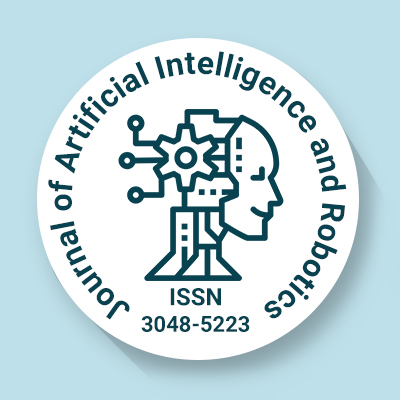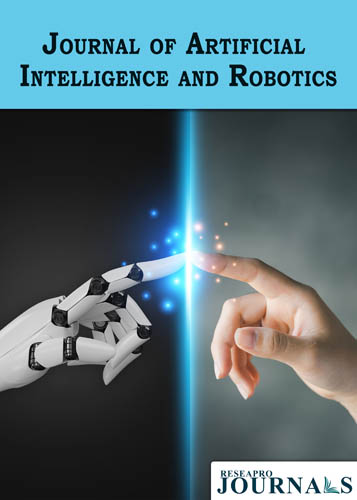
Journal of Artificial Intelligence and Robotics
OPEN ACCESS
ISSN: 3048-5223

OPEN ACCESS
ISSN: 3048-5223

Department of Computer Science and Engineering, Independent University (IUB), Dhaka, Bangladesh
ChatGPT, an advanced language model, presents an opportunity to enhance human-robot collaboration by integrating a custom voice assistant. This approach tackles a fundamental problem in human-robot interaction (HRI) effective communication between humans and machines. By combining ChatGPT's natural language processing capabilities with a tailored voice interface, users can communicate with robots in their native language. The solution involves training ChatGPT on multilingual datasets, optimizing responses for context-relevant interactions, and ensuring flexibility across robotic platforms. Compared to traditional HRI methods, ChatGPT-based voice assistants offer several advantages. They enable more natural and intuitive communication, reducing the cognitive load on users. Additionally, the language model's contextual understanding and adaptive learning capabilities facilitate more personalized and engaging interactions. However, challenges persist, including potential biases inherited from training data, difficulty handling ambiguous queries, and ensuring factual accuracy. This paper reviews the applications of ChatGPT in HRI, highlighting its potential to revolutionize human-machine collaboration. It discusses the implementation approach, advantages, and limitations. Furthermore, it explores the role of natural language processing in affective computing and emotion recognition for enhanced social intelligence in robots. Overall, the integration of ChatGPT presents a promising avenue for advancing HRI towards more seamless, productive, and user-friendly interactions.
Received 15 July 2024; Revised 09 August 2024; Accepted 16 August 2024
Department of Computer Science and Engineering, Independent University (IUB), Dhaka, Bangladesh